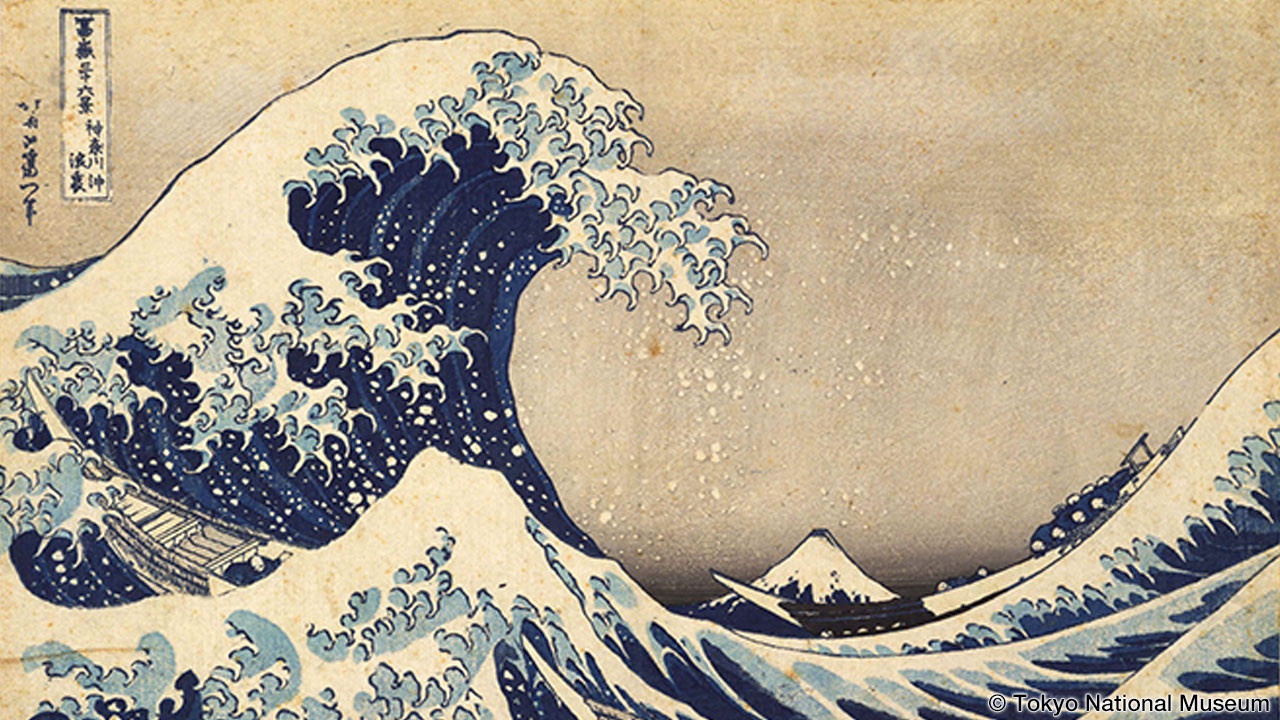
Robert Draws – The Legacy of Hokusai Katsushika is far-reaching. Hokusai is renowned for his ukiyo-e woodblock prints. His most famous work, “The Great Wave off Kanagawa,” continues to captivate audiences worldwide. His influence on art is profound. He is often regarded as a master of Japanese art. His work transcends time and borders, inspiring generations of artists. This article delves into the life and art of Hokusai Katsushika.
Hokusai was born in 1760 in Edo, present-day Tokyo. He showed an early interest in art. As a child, he learned woodblock printing techniques. He studied under various artists during his youth. Hokusai’s style evolved significantly over time. He was known for experimenting with different styles and techniques. This adaptability helped shape his artistic career. Early in his career, Hokusai painted and sketched many subjects. His most notable works focused on landscapes, portraits, and the everyday life of Edo.
“Read about: Andy Warhol: The Iconic Pop Artist Who Transformed Modern Art”
The Great Wave off Kanagawa is the most iconic piece by Hokusai. This woodblock print was created around 1831. It is part of his series “Thirty-Six Views of Mount Fuji.” The Great Wave is a depiction of a giant wave. It seems to threaten three boats with fishermen. In the background, Mount Fuji stands majestically. This piece combines bold lines and striking contrasts. Its dynamic composition captures the raw power of nature. It is widely regarded as one of the most famous works of art in history.
Hokusai’s style evolved throughout his career. He began with traditional ukiyo-e techniques. As he matured, he adopted new methods. His later works exhibit a greater emphasis on color and detail. He also experimented with perspective, creating more depth in his prints. Hokusai’s work demonstrates an acute understanding of natural elements. His ability to capture the movement of water and the vastness of nature set him apart.
Hokusai’s influence extended beyond Japan. His works gained admiration in Europe, especially in France. The Impressionists embraced his innovative techniques. Artists like Claude Monet and Vincent van Gogh found inspiration in Hokusai’s use of color and composition. Additionally, his depictions of nature influenced many Western artists. His work also had an impact on the Japanese art movement during the Meiji period. As a result, his legacy as an innovator in the ukiyo-e genre remains intact today.
In his later years, Hokusai produced a vast amount of art. He continued to experiment with new styles and subjects. His works in his 70s and 80s show a distinct departure from his earlier style. He became more focused on capturing human emotion and spiritual themes. His artistic output remained prolific until his death in 1849. Hokusai’s final works reflect his relentless pursuit of artistic growth.
“Read more: Blue Campaign: Raising Awareness, Protecting Victims, Fighting Trafficking”
The legacy of Hokusai Katsushika endures in modern culture. People continue to celebrate his work worldwide. “The Great Wave off Kanagawa” represents Japan’s artistic heritage. Artists and designers reproduce it on various forms of media, from prints to clothing. Moreover, his influence on contemporary art and design grows stronger. Consequently, the impact of his work remains evident today.
Hokusai’s contributions to the world of art are immeasurable. He helped shape the ukiyo-e genre and Japanese woodblock printing. His exploration of composition, color, and perspective paved the way for future artists. His legacy as an artist is defined by his ability to innovate. Hokusai’s work remains a touchstone for artists and art lovers alike. His story continues to inspire artists around the world.